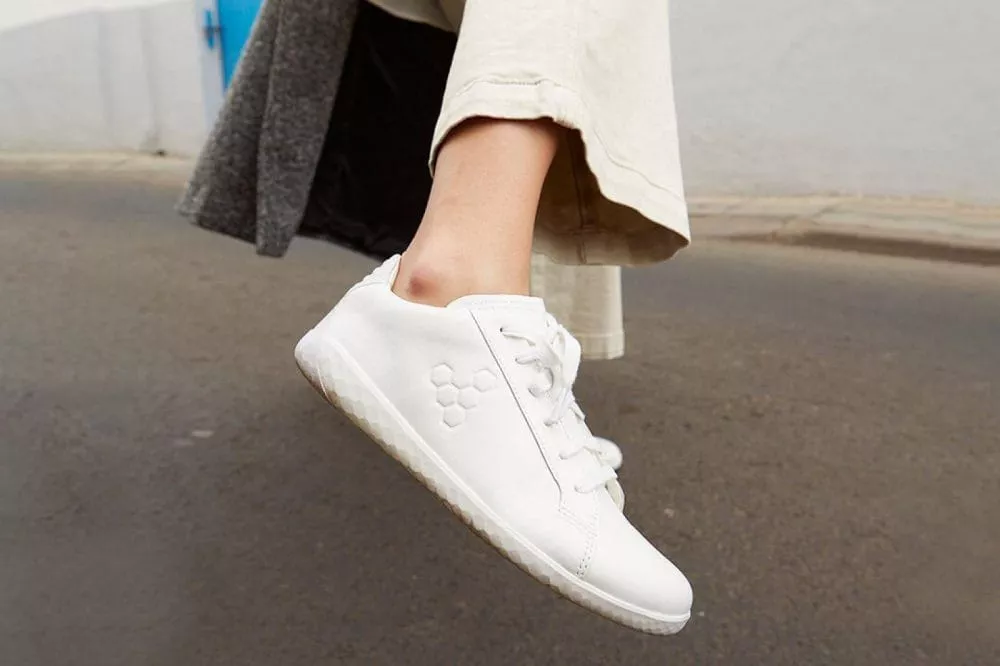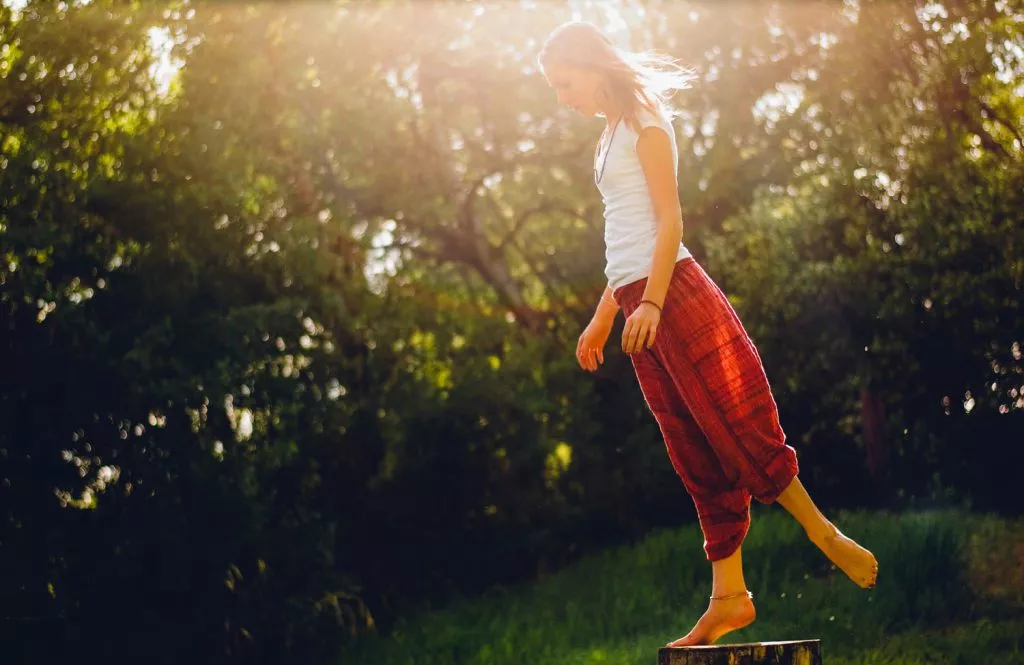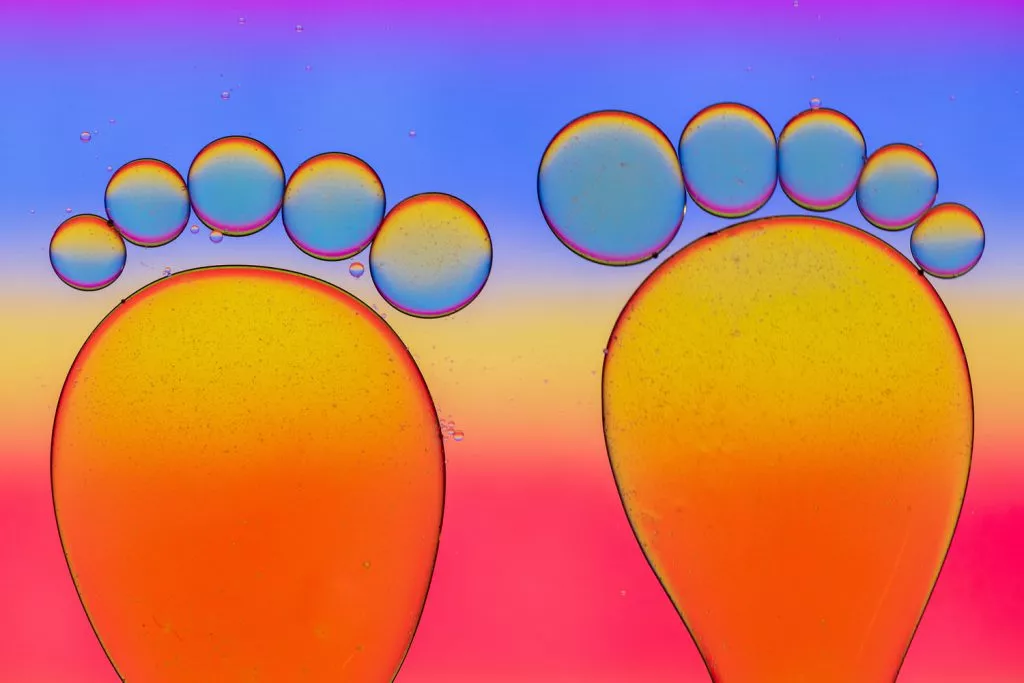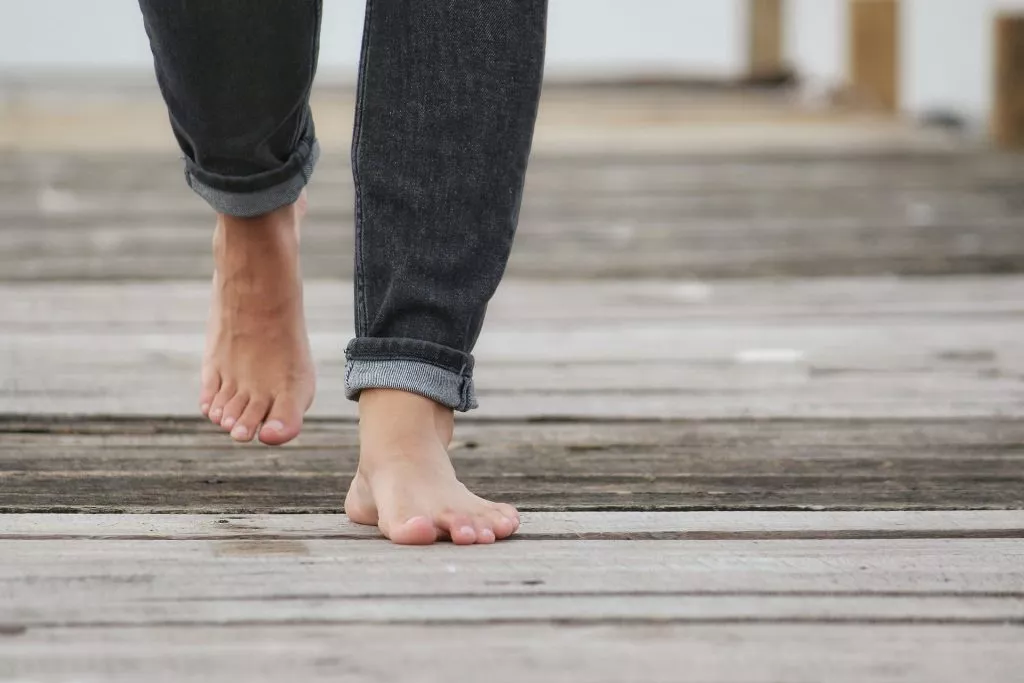- What Are Barefoot Shoes?
- What Are Minimalist Shoes? A Close Relative
- What Are Zero Drop Shoes? Another Natural Alternative
- Key Features of Barefoot Shoes
- The Benefits of Going Barefoot
- Transitioning to Barefoot Shoes
- When to Wear Barefoot Shoes
- Choosing the Right Barefoot Shoes
- Barefoot Shoes for Specific Activities
- In Conclusion
Barefoot shoes, minimalist shoes, and zero-drop shoes have gained significant traction in recent years. They’ve become popular alternatives to conventional footwear for those seeking a more natural way to move, improved posture, and relief from various health problems. In this comprehensive guide, we’ll dive into the world of barefoot shoes, discussing their unique features, benefits, and how they differ from traditional footwear.

What Are Barefoot Shoes?
Barefoot shoes, as the name suggests, are designed to mimic the feeling of walking or running barefoot while still providing some degree of protection for your feet. These shoes are crafted based on the natural shape of the foot, allowing for unrestricted movement and a closer connection to the ground. The primary goal of barefoot shoes is to minimize the restrictions on your feet imposed by conventional footwear, which can lead to various health issues.
What Are Minimalist Shoes? A Close Relative
Minimalist shoes are often confused with barefoot shoes, but they’re not exactly the same. While all minimalist shoes are zero-drop, not all zero-drop shoes are minimalist. Minimalist shoes share some features with barefoot shoes, such as having a low heel-to-toe drop and reduced cushioning. However, they may still offer more arch support and cushioning than their true barefoot counterparts. This extra cushioning makes minimalist shoes better suited for those transitioning towards barefoot footwear.
What Are Zero Drop Shoes? Another Natural Alternative
Zero-drop shoes refer to footwear where the heel and toe are at the same level, providing a flat and stable platform for your foot. This design encourages a more natural walking or running gait, as there is no elevation of the heel relative to the toe. While zero drop shoes share some similarities with barefoot shoes, they can differ in terms of sole thickness, flexibility, and cushioning. So, it’s essential to understand the specific features of each shoe type when deciding which is right for you.
Key Features of Barefoot Shoes
Barefoot shoes possess several unique characteristics that set them apart from traditional footwear. These features include:
- Zero drop: The entire sole is flat, with no height difference between the heel and the toe. This promotes a natural stance and walking or running gait.
- Thin soles: Barefoot shoes have thin, flexible soles that provide excellent ground feel and sensory feedback, enhancing balance and spatial orientation.
- Wide toe box: Barefoot shoes have a spacious toe box that allows your toes to spread out and grip the ground naturally, improving stability and overall foot health.
- Lightness and flexibility: The materials used in barefoot shoes are lightweight and flexible, allowing for maximum mobility and comfort.
- No support: Unlike traditional shoes, barefoot shoes don’t include cushioning, padding, or inlays. This encourages your foot to strengthen and support itself over time.
The Benefits of Going Barefoot
Similar to the benefits of walking barefoot, wearing barefoot shoes can lead to a range of benefits for your overall health and well-being. Some of these advantages include:
- Improved posture
- Enhanced foot strength
- Reduced risk of injury
- Increased balance and stability
- Neurostimulation
This is just to mention a few. Be sure to check out our full comprehensive article: The Benefits of Barefoot Shoes.
Transitioning to Barefoot Shoes
If you’re new to barefoot shoes, it’s crucial to transition slowly and give your feet time to adjust. Here are some tips for a smooth transition:
- Start gradually: Begin by wearing your new barefoot shoes for short periods each day, gradually increasing the duration as you become more comfortable.
- Alternate with traditional shoes: During the transition period, alternate between your regular shoes and your new barefoot shoes to give your feet time to adjust.
- Spend time barefoot: Spending more time walking or exercising barefoot can help strengthen your feet and better prepare them for the switch to barefoot shoes.
- Use toe spreaders: If your feet have been confined in narrow shoes for an extended period, using toe spreaders can help realign your toes and improve overall foot health.
When to Wear Barefoot Shoes
Barefoot shoes are suitable for a wide range of activities, including walking, running, hiking, and even everyday use. They can be particularly beneficial for those with existing foot or leg pain, as well as athletes looking to improve their performance and reduce injury risk while running or weightlifting. However, it’s essential to choose the right types of barefoot shoes for your specific needs, considering factors such as cushioning, sole thickness, and intended use.
Choosing the Right Barefoot Shoes
When choosing barefoot shoes, consider the following factors:
- Fit: Ensure the shoes fit comfortably, providing ample space for your toes to spread out and move freely.
- Sole thickness: Depending on your preferences and intended use, you may prefer a thinner or thicker sole for more or less ground feel.
- Cushioning: Some barefoot shoes offer more cushioning than others. Determine what level of cushioning suits your needs best.
- Activity-specific features: Certain barefoot shoes are designed for specific activities, such as running, hiking, or water sports. Choose a shoe that aligns with your primary activities.
Barefoot Shoes for Specific Activities
Barefoot shoes come in various styles and designs to cater to different activities and preferences. Some examples include:
- Running shoes: Barefoot running shoes are lightweight and flexible, with zero drop and minimal cushioning for a more natural running experience.
- Hiking shoes: Barefoot hiking shoes offer more traction and durability for navigating uneven terrain while still promoting natural foot movement.
- Water shoes: Barefoot water shoes provide excellent grip and quick-drying materials for activities in wet environments.
- Everyday shoes: Barefoot everyday shoes combine the benefits of natural foot movement with stylish designs suitable for daily use.
In Conclusion
Barefoot shoes, minimalist shoes, and zero drop shoes offer a more natural and healthier way to move, promoting improved posture, balance, and foot strength. By understanding the features and benefits of these footwear types, you can make an informed decision about which shoes are right for you. Whether you’re an athlete, someone dealing with foot-related health issues, or simply looking to improve your overall well-being, barefoot shoes can be a game-changer in achieving better foot health and performance.


